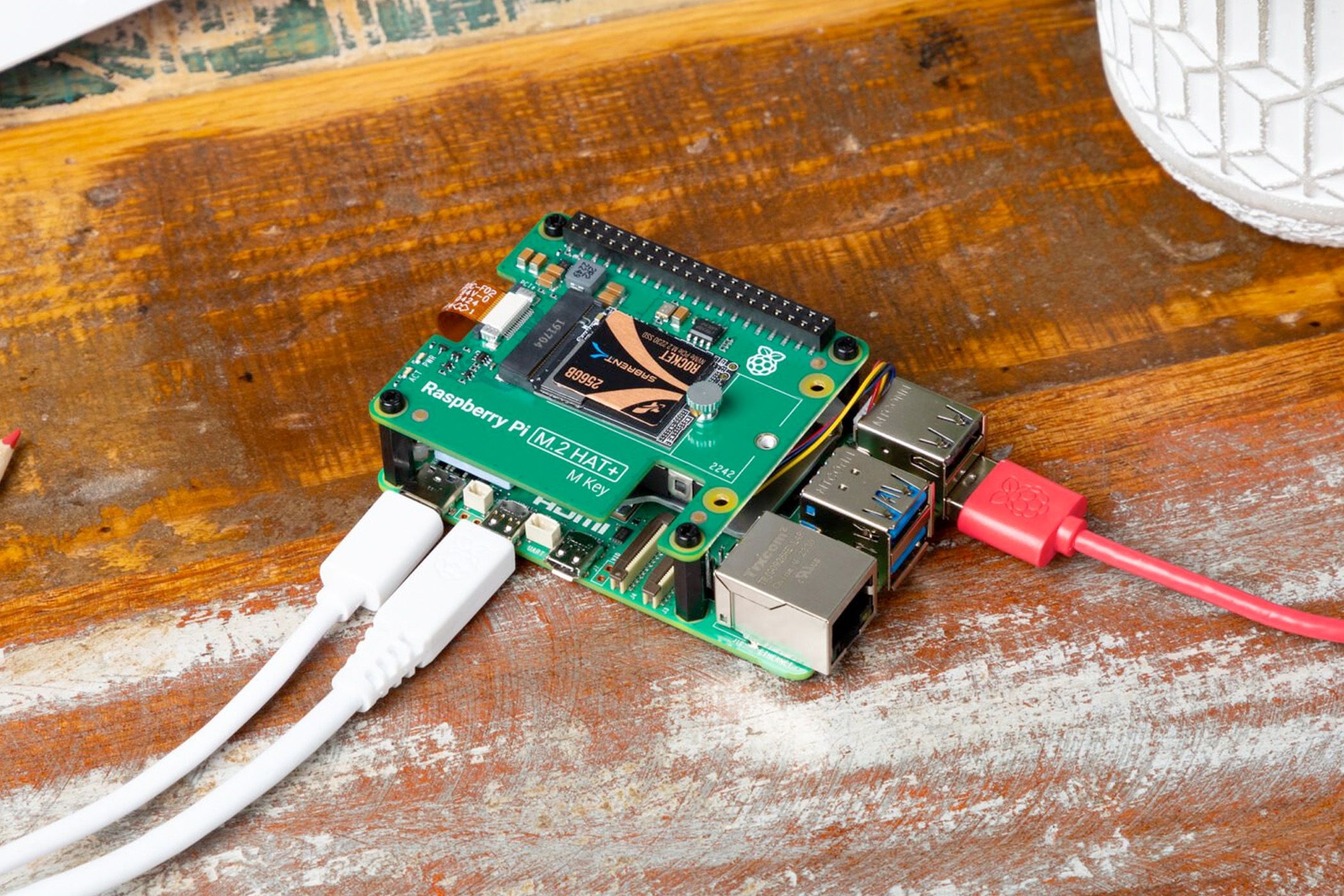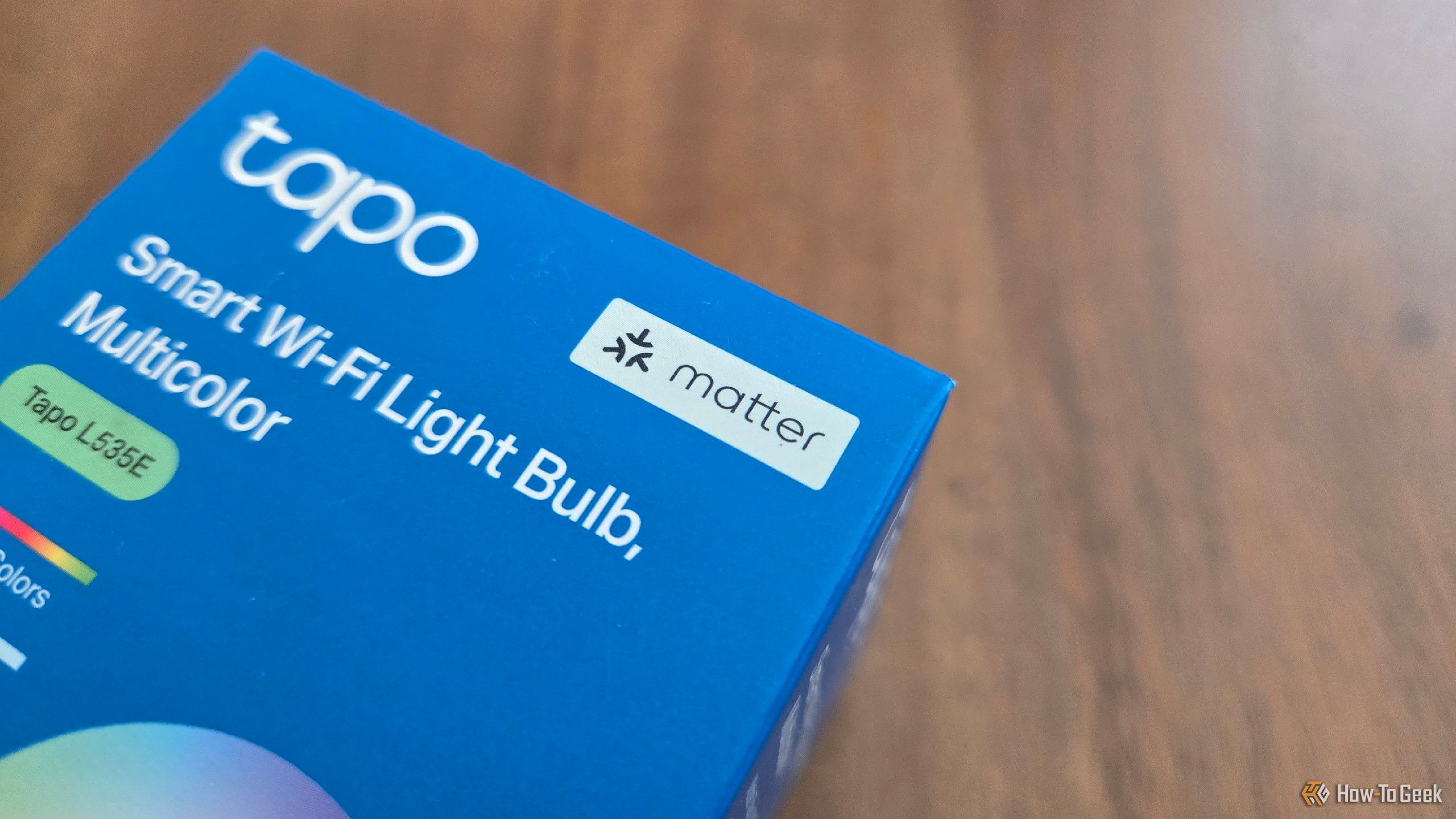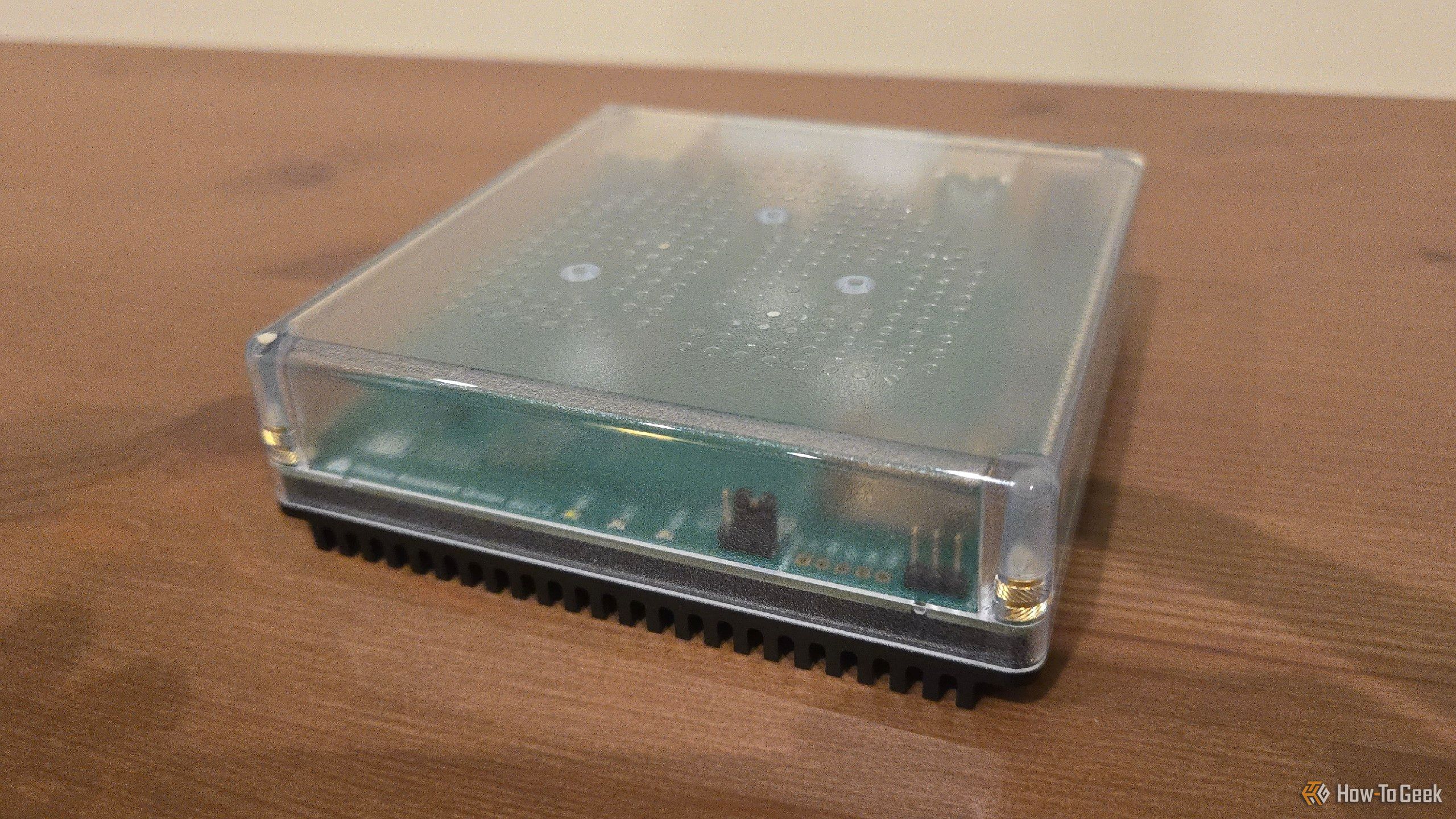When I started building a smart home, my Samsung Frame TV served as the hub that connected everything together. Now the brains of home is a tiny box that controls everything locally instead of relying on the cloud. It’s called Home Assistant Green, and it’s the single best investment I’ve made in my smart home.
I Didn’t Want to Install Home Assistant Myself
Home Assistant is an alternative to platforms like Samsung SmartThings and Google Home. Unlike those, Home Assistant isn’t tied to a corporation. It’s a free and open source project provided by a community of developers working together to offer a private way to control our smart homes, one that won’t suddenly break due to a company losing interest.
One benefit of Home Assistant is that you can download the software for free and run it on a PC you already have.

Related
Personally, that’s not a project I have the time nor interest in taking on right now. My two young kids have taken up all the time I once had for the trial and error that often comes with DIY projects and tinkering with tech. Besides, I don’t have a mini PC or single board computer lying around.
Home Assistant Green Does the Work for You
Home Assistant Green is a pre-built hub that comes directly from the Home Assistant team. It’s marketed as the easiest way to get your hands on Home Assistant if you don’t want to set things up yourself. I placed an order from AmeriDroid, and within a week, the package was on my doorstep.
The setup process was so simple that even though I did it at night when I was already tired, it only took a few minutes, and I didn’t make any mistakes.
This is a box you can recommend to anyone with an active interest in creating their own smart home. This is also a case where the open source solution is more powerful and capable than commercial alternatives. On the downside, the project feels a bit like VLC—it will play anything, but it’s neither the prettiest nor most intuitive.
This Saves Energy Compared to Old Tech
Home Assistant can run off any old computer you have lying around, assuming it meets the pretty low system requirements. The downside is energy consumption. A desktop PC draws a lot of power for something that needs to run 24/7. This isn’t ideal for an old laptop, either.
Home Assistant Green comes with a 1.8GHz quad-core ARM processor, 4GB of RAM, 32GB of eMMC storage, two USB 2.0 ports, and Gigabit Ethernet. It only consumes 1.7 watts while idle and 3 watts while under load. Even an energy-efficient mini PC with a fanless Intel N200 CPU may still draw around 6W. This is more akin to installing Home Assistant yourself on a single- board computer like a Raspberry Pi, since that’s basically all that Home Assistant Green is. It utilizes a Rockchip RK3566 single-board computer, which you can purchase yourself if you want to go DIY. But by the time you factor in an enclosure, you’re not saving as much money as you might think.
At around $120, I feel the project is asking a fair price for the hardware I’m getting. I also like supporting free and open hardware when I can, rather than giving that same money to a corporation whose software I intend to replace with code I ultimately don’t have to pay for. I’m happy to think of any premium as a donation to the project’s continued existence.
Faster and More Private Than a TV or the Cloud
My smart home used to be based on Samsung SmartThings, and every device that isn’t a Samsung appliance is connected using Matter. The nice thing about Matter is that connections take place locally and aren’t dependent on a web server in order to function. The downside of SmartThings is that it, however, is. I was effectively using a web app to control devices that don’t need to be connected to the web.

Related
Matter Is the Reason I’m Finally Comfortable With Smart Homes
Seeing “Matter” matters more than “Works With SmartThings.”
Home Assistant runs entirely on my local network, and it’s faster as a result. I didn’t think of SmartThings as slow, but Home Assistant is milliseconds faster. Toggling virtual buttons, lights, and ceiling fans feels instantaneous. The response time actually feels faster than some apps running entirely on my phone.
All the while, Home Assistant is actually generating and presenting more information than the commercial alternatives. The amount of information it can provide is staggering if you really want to get into the weeds of how much energy certain devices are using at any given time.
Before I stated my smart home journey, I heard it said that whether you start with Apple Home, Google Home, Amazon Alexa, or Samsung SmartThings, you eventually end up on Home Assistant—after you push up against the limitations of what you can do or start to develop privacy concerns about all the data you’re generating as you simply go about your life.
I like to prove people wrong, but in this case, they were right. While Home Assistant could benefit from some interface improvements and usability enhancements to make it more approachable, it’s a great comfort to know that every smart switch and motion sensor I install isn’t sending more information to someone’s servers.
Source link

